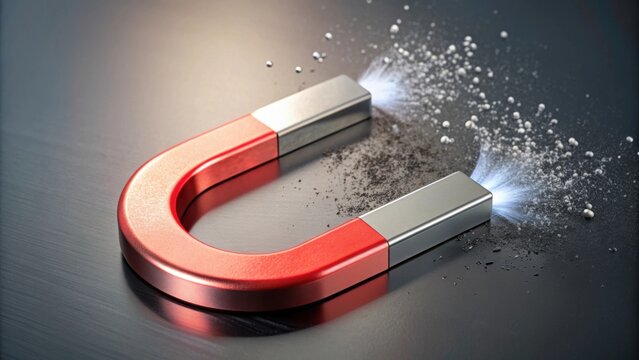Automatic mechanical watches are marvels of precision engineering, crafted from delicate metal components. While manufacturers build them to last, many of us overlook the invisible threat that magnetism presents. Everyday devices like smartphones and tablets emit magnetic fields that can interfere with your watch’s accuracy. If you expose your automatic mechanical watch to strong magnetic forces, it can become magnetized, leading to timekeeping issues.
How Much Magnetism is Too Much?
International standards say that a regular watch should resist magnetic fields up to 1600 A/m. An anti-magnetic watch should handle 4800 A/m.
Enhanced anti-magnetic watches, on the other hand, are designed to withstand up to 16,000 A/m. Your smartphone’s speaker can create a magnetic field of 16,000 A/m. Tablets can make even stronger fields, up to 32,000 A/m. This means even enhanced anti-magnetic watches can be at risk if placed too close to these devices.

What happens when you magnetize your automatic mechanical watch?
When a watch becomes magnetized, the hairspring inside the movement sticks together and causes it to oscillate less effectively. This results in your watch running faster than usual.
Sadly, magnetization does not disappear by itself. You will need to take it to a professional watchmaker to fix it. Otherwise, the timekeeping issues will persist.

How to Test if Your Watch is Magnetized
Are you wondering if something has affected your automatic mechanical watch? Here’s a simple DIY test using a compass:
- Place a compass on a flat surface.
- Slowly move your watch close to the compass.
- If the compass needle moves or reacts, your watch likely has magnetism.
This quick test can help you determine if your watch needs professional attention.
How to Protect Your Automatic Mechanical Watch from Magnetism
To avoid magnetization, keep your watch at least 5 cm away from devices like phones and tablets. Magnetic field strength decreases dramatically with distance—it’s inversely proportional to the square of the distance. Even a small gap can make a big difference.
Many designers create modern automatic mechanical watches to handle higher levels of magnetism. For example, watches with silicon hairsprings are inherently anti-magnetic because silicon is non-metallic. This is why even watches without explicit anti-magnetic claims often perform well in everyday scenarios.
What About Quartz Watches?
While automatic mechanical watches are more susceptible to magnetism, quartz watches aren’t entirely immune. Quartz movements contain permanent magnets, so they’re generally more resistant. However, exposure to extremely strong magnetic fields can still cause them to stop or lose accuracy. The fix is simple: move the watch away from the magnetic source and reset the time.

Practical Tips for Watch Owners
- Keep your distance: Maintain at least 5 cm between your automatic mechanical watch and electronic devices.
- Avoid high-risk areas: Be cautious around speakers, laptops, and other devices with strong magnets.
- Invest in anti-magnetic watches: Look for models with silicon hairsprings or those that exceed the 16,000 A/m standard.
- Regular check-ups: If you suspect magnetization, use the compass test or visit a watchmaker for a professional assessment.
Final Thoughts
Magnetism can quietly affect the accuracy of your automatic mechanical watch. However, with some awareness and care, you can protect your watch easily.
No matter if you have an automatic, mechanical, or quartz watch, knowing about magnetism is important. Taking simple steps can help you avoid expensive repairs. This will keep your watch running well for many years.
By using these tips, you will make your watch last longer. You will also keep it as accurate as the day you bought it. Remember, a little distance goes a long way!




